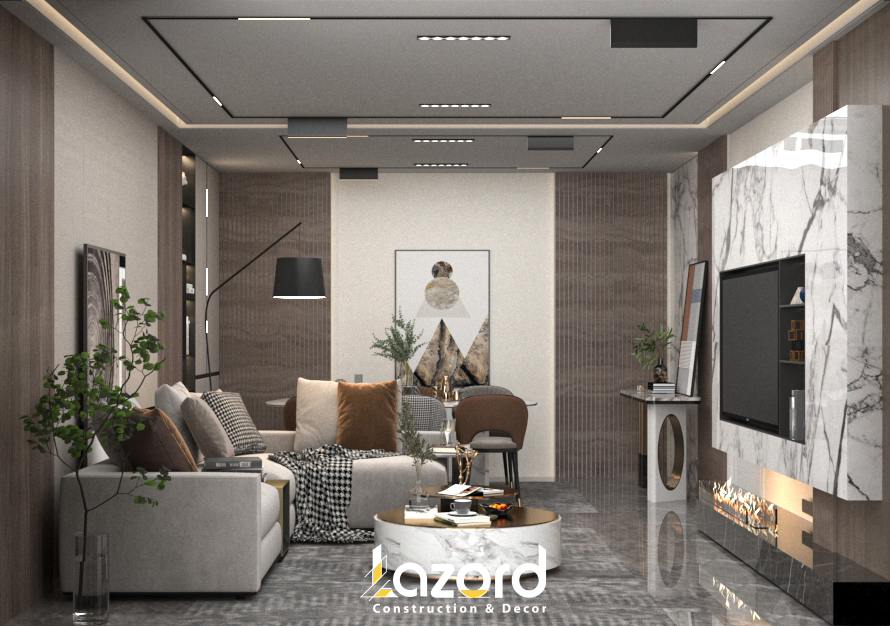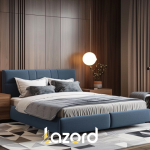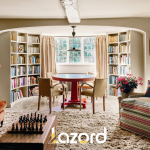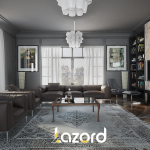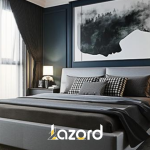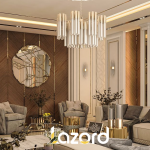When it comes to decorating your home, the endless choices of interior decorating style can be overwhelming. From traditional elegance to bohemian charm, each style offers its own unique appeal. Whether you’re redecorating a single room or designing your entire home, understanding different styles is the key to creating spaces that reflect your personality and meet your needs.
Why Knowing Your Decorating Style Matters
Why is it so important to know your interior decorating style? Well, having a clear style in mind ensures that your space feels cohesive and intentional. It helps you make smarter design decisions, avoid buying unnecessary furniture, and create an environment that suits your lifestyle. More importantly, it can save you time and money while adding long-term value to your home.
you can read more about: home decor ideas: home decoration ideas
How to Identify Your Decorating Style
Identifying your decorating style might seem like a challenge, but it’s really about understanding your preferences and how you want to use the space.
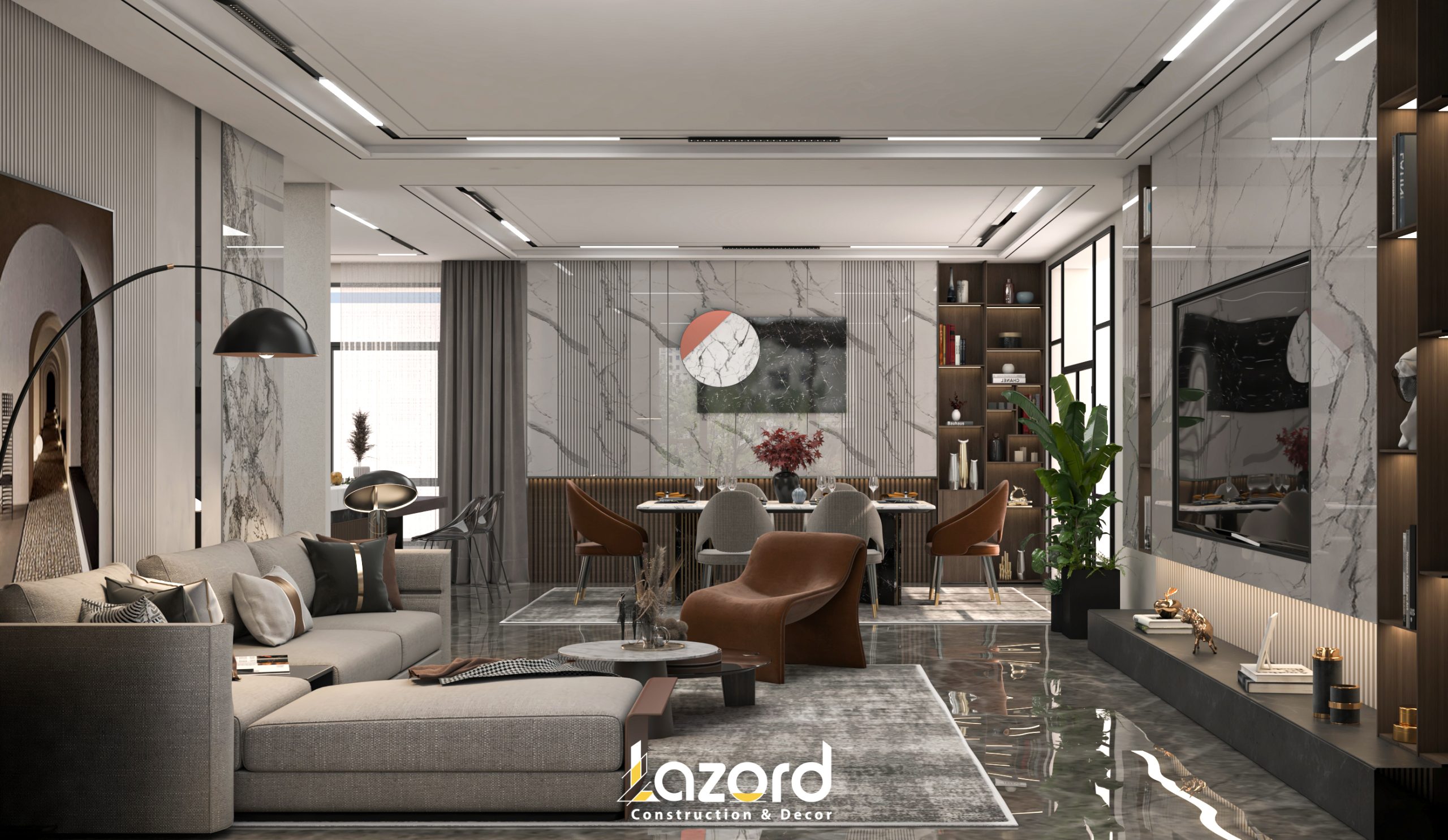
Personal Preferences
Start by considering what you naturally gravitate towards. Do you like clean, uncluttered spaces, or do you enjoy the warmth of lived-in environments with lots of character? Take note of the colors, patterns, and materials that make you feel at home.
Functionality vs. Aesthetics
Ask yourself how you use your space. Do you prefer comfort and functionality over style, or do you want something visually striking? Balancing aesthetics with practicality will help you narrow down your options.
Classic Interior Decorating Styles
Let’s dive into some classic interior decorating styles that have stood the test of time and remain popular in homes worldwide.
Traditional Style
Traditional interior design is all about elegance and sophistication. This style is inspired by 18th- and 19th-century European decor, featuring rich wood tones, plush fabrics, and ornate details.
- Key characteristics: Symmetry, formal layouts, and classic furniture designs.
- Furniture and color palette: Heavy wooden furniture, such as mahogany and cherry, are staples in traditional spaces. Colors often include rich shades of red, green, and brown, accented by gold and bronze.
Modern Style
Modern style celebrates simplicity, clean lines, and a minimalist approach. It was born from the modernist movement of the early 20th century and is characterized by functional furniture and the use of materials like glass, steel, and concrete.
- Minimalism and sleek designs: Modern design avoids excess, focusing on functional, unfussy spaces.
- Materials and colors used: Neutral color schemes—think black, white, and gray—dominate modern interiors, with natural wood or metal accents.
Contemporary Style
Although often confused with modern, contemporary design refers to what is currently trending. This style evolves over time and incorporates a mix of bold and subtle elements.
- Difference from modern: Contemporary design is more fluid, allowing for more personal expression, while modern design adheres to stricter minimalist principles.
- Popular features and trends: Open spaces, statement lighting, and mixing textures like leather and metal are often seen in contemporary homes.
Timeless Styles with a Twist
Transitional Style
Transitional design blends traditional and contemporary elements, making it a perfect choice for those who want the best of both worlds. It combines the warmth of classic styles with the sleekness of modern design.
- Blend of old and new: Think classic furniture in neutral shades paired with modern art or lighting fixtures.
- Ideal spaces for transitional style: This is a great style for living rooms or dining areas where you want to create a welcoming yet sophisticated atmosphere.
Rustic Style
Rustic design draws inspiration from nature, emphasizing organic textures and raw materials like wood and stone. It’s a style that evokes warmth and coziness, perfect for rural homes or spaces designed to bring the outdoors in.
- Natural elements and organic textures: Weathered wood, stone fireplaces, and earthy color palettes define rustic interiors.
- Ideal homes for rustic décor: Rustic style works especially well in cabins, lodges, or homes with large, open living spaces and lots of natural light.
Global Influences in Decorating Styles
Interior design is often shaped by cultural influences from around the world. Let’s explore some global styles that bring unique flair to your home.

Scandinavian Style
Scandinavian design is all about simplicity, functionality, and creating a space that feels light and airy. It emphasizes clean lines, natural materials, and a focus on comfort.
- Functionality and simplicity: Scandinavian interiors are designed to be practical, often incorporating multifunctional furniture.
- Color schemes and furniture choices: Light woods, white walls, and soft pastel accents are hallmarks of this style.
Mediterranean Style
Mediterranean style is inspired by the coastal regions of southern Europe and is known for its warm, inviting feel. It incorporates natural materials, warm tones, and intricate tile work.
- Warm, earthy tones: Colors like terracotta, ochre, and olive green dominate Mediterranean interiors.
- Textiles and materials used: Wrought iron, terracotta floors, and linen fabrics are commonly found in this style.
Asian-Inspired Style
Asian-inspired interior design emphasizes balance, harmony, and simplicity, often drawing on Zen principles. This style uses natural elements, low-profile furniture, and open spaces to create a sense of tranquility.
- Zen aesthetics: Minimalism and calmness are key, with a focus on reducing clutter and enhancing flow.
- Balancing space and minimalism: Use of neutral tones, natural light, and organic materials like bamboo help create a peaceful environment.
Eclectic Interior Design
For those who love mixing styles and breaking the rules, eclectic design offers the freedom to combine elements from various time periods and places. This style is all about personality and creativity.
- Mixing styles for a unique look: Eclectic homes blend modern, vintage, and even global influences in a cohesive way.
- Tips for pulling it off: Balance is key. Try to unify your space with a consistent color palette or repeated textures.
Maximalism: Bold and Busy
In stark contrast to minimalism, maximalism embraces the idea of “more is more.” It’s all about using bold patterns, bright colors, and layering different textures.
- Opposite of minimalism: Maximalism encourages you to fill your space with things that bring joy, whether it’s art, books, or decorative objects.
- How to mix patterns, textures, and colors: The trick is to mix without clashing. Start with a neutral base, then layer bold colors and prints strategically.
Industrial Interior Design
Industrial design is inspired by the raw, unfinished look of factories and warehouses. This style is known for its use of exposed brick, metal, and wood.
- Raw materials and unfinished aesthetics: Think metal pipes, concrete floors, and large windows.
- Best places for industrial design: Lofts, city apartments, and open-plan spaces are perfect for industrial style.
Bohemian or Boho-Chic Style
Bohemian style is for the free spirits who love to blend cultures, colors, and eras. It’s relaxed, artistic, and full of life.
- Free-spirited and artistic: Boho design thrives on an abundance of textures, patterns, and vibrant colors.
- How to layer textures and use colors: Mix plush cushions, vintage rugs, and handwoven textiles to create a cozy, eclectic vibe.
Mid-Century Modern Style
Mid-century modern design, popular in the 1950s and 60s, is known for its clean lines, organic shapes, and retro charm. This style remains a favorite for its timeless appeal.
- Retro vibes and clean lines: Furniture with tapered legs, geometric shapes, and a mix of wood and metal are iconic features.
- Why this style remains popular: Its simplicity and functionality make mid-century modern design easy to incorporate into today’s homes.
Minimalist Style
Minimalism emphasizes simplicity, functionality, and the concept of “less is more.” If you love clean, open spaces with a calming atmosphere, this is the style for you.
- The “less is more” philosophy: Minimalist design eliminates unnecessary details and focuses on quality over quantity.
- Creating a calming, clutter-free space: Neutral color schemes and simple furniture are the foundation of a minimalist home.
you can read more about: design of the room: the art of room design
Farmhouse Style
Farmhouse style is warm, welcoming, and rooted in tradition. This style uses natural materials like wood and stone and often includes vintage or antique pieces.
- Cozy and inviting: Shiplap walls, farmhouse sinks, and reclaimed wood are essential elements of farmhouse décor.
- Essential elements: Wooden beams, distressed finishes, and neutral tones create a lived-in feel.
How to Combine Styles for a Cohesive Look
Combining different decorating styles can result in a unique and personalized space, but it requires balance.
Mixing vs. Matching Styles
Don’t be afraid to mix styles, but be mindful of cohesion. Stick to a consistent color palette or use complementary textures to avoid a disjointed look.
Rules for Creating Harmony
Pick a dominant style and accent it with pieces from other styles. Use transitional spaces, like hallways, to introduce subtle shifts between styles in different rooms.
Understanding various interior decorating style is the first step toward designing a home that truly reflects your personality. Whether you prefer the clean lines of modern design, the cozy comfort of rustic décor, or the boldness of maximalism, there’s a style out there for everyone. Take your time, explore your options, and most importantly, create a space you love.

